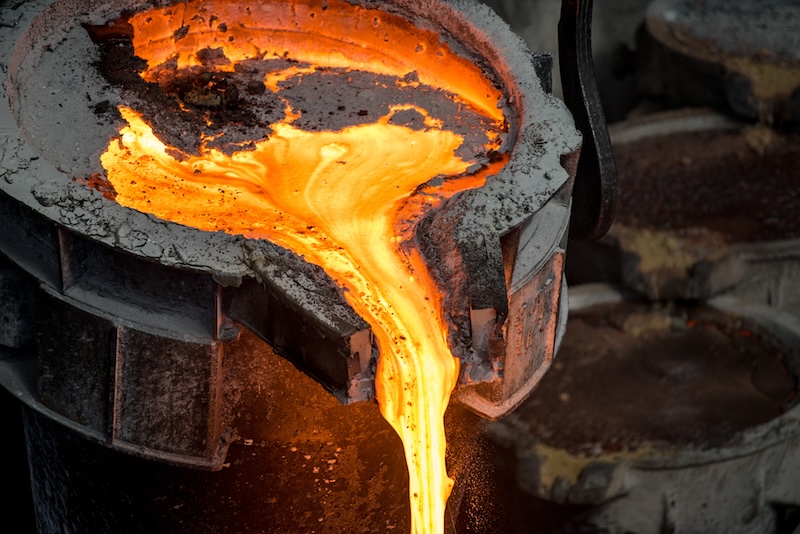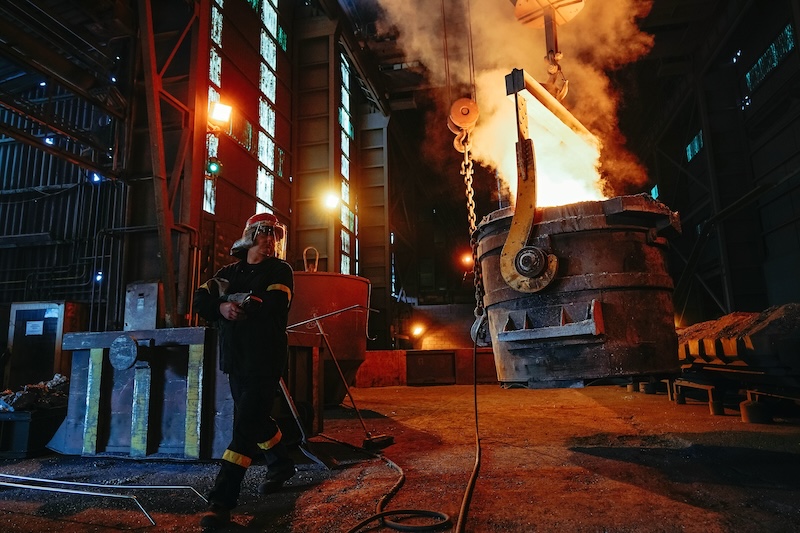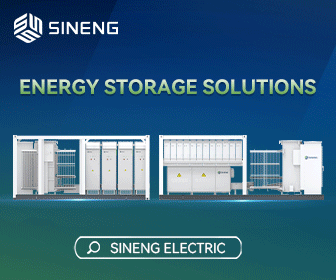The Critical Role of Silicon Metal in America's EV Market
2024 finally marked the return to a "normal" consumer auto market. After four years of turmoil, car buyers no longer face inventory shortages or long waits for their preferred vehicles.
While many factors contributed to the auto market instability, one of the most significant was the pandemic-driven disruption in the semiconductor market which was exacerbated by shortages in lithium and cobalt. This upheaval underscored a crucial reality: today's intricate supply chains are vital to our economy's stability. However, as COVID-19 and the the war in Ukraine have demonstrated, those supply chains are increasingly vulnerable to unpredictable global forces. Not only is this still true today, but the stakes are higher than ever before. The convergence of the green energy transition, geopolitical uncertainties, and rapid technological advancements is creating a perfect storm that, unless we act, raises the risk of further disruptions in our evolving auto industry.
At the center of this storm is silicon metal.

Identified by the U.S. Department of Energy as a critical material, silicon metal is a material which is a part of most of our everyday products, but is also an essential ingredient in semiconductors, solar panels, and electronics, all of which are critical to our economy. Predictions show global demand for silicon metal growing at an annual growth rate of 4.56 percent until 2030. The challenge is that the U.S. lags in silicon metal production, importing about half of its needed amount, and is heavily dependent on imports from other countries. It’s imperative that we move quickly to close that shortfall.
For starters, access to silicon metal is required if the U.S. is to create a modern, homegrown EV battery industry. Electric vehicles still pose substantial cost challenges for consumers and automakers alike, with batteries making up at least one-third of the overall price tag. Automakers are exploring the use of lithium-ion batteries with silicon anodes; these still rely on graphite. Batteries with silicon anodes have the potential to store up to 10 times more energy, which could lead to a 30 percent increase in driving range. And this new lithium-ion battery value chain is set to grow by over 30 percent annually from 2022-2030, in line with the rapid uptake of electric vehicles and other clean energy technologies.
Put simply, affordable and reliable battery-grade silicon metal in lithium-ion batteries is the fastest path to decarbonizing the mobility industry. By bolstering the domestic supply chain for silicon metal, the U.S. can ensure a steady supply for manufacturers and researchers who need to drive the innovation and capacity we need in the EV battery space.
Second, other nations have made access to silicon metal core to their economic strategies, leaving the U.S. with no choice but to take defensive measures. China currently controls 75 percent of the global silicon metal market, with plans to increase production by 66 percent by 2027. China leads the global adoption of silicon batteries, with the country poised to represent 45 percent of total lithium-ion demand by 2025, and 40 percent by 2030. China also controls global graphite production. By shifting to new silicon anodes technology in place of graphite anodes, the U.S. becomes less dependent upon China.

Unfair trade practices related to critical metals and minerals by other countries also threaten the production capabilities of the U.S. industry. For example, the U.S. imports 40 percent of its ferrosilicon — a related silicon-based material relied on by the steel industry — from Russia, and the U.S. International Trade Commission has identified significant instances of unfair dumping by Russia and several other nations. Governments around the world clearly understand what’s at stake; they’re taking all the necessary steps to build and protect their domestic supply chains or, equally concerning, make the U.S. and other countries dependent on their exports. We can’t afford to leave silicon metal access to the whims of competing geopolitical interests.
Finally, there’s our firm commitment to responsible operations practices. While industries strive to reduce costs and stay competitive, they are also expected to uphold high sustainability and ethical standards across their supply chains. Stakeholders demand that products be produced responsibly, without forced labor, and with minimal environmental impact. A robust U.S. EV battery industry, supported by domestic access to silicon metal, is the best defense against imports from countries that do not prioritize responsible environmental practices.
Lawmakers are moving in the right direction. The Inflation Reduction Act marked a significant step forward, requiring that a substantial percentage of critical minerals be sourced from the U.S. or countries with free trade agreements. The U.S. must further explore ways to build a domestic supply chain to ensure a steady supply and protect against global disruptions. The private sector also has a role to play. Several manufacturers are supporting a bipartisan industry bill in the U.S. Congress to impose a 35 percent tariff on the import of Russian ferrosilicon imports. Regardless, we must move quickly. The U.S. has the resources and access to quartz mines, but it takes years to bring a silicon metal facility into production.
It’s no exaggeration to say that the health of our economy is tied to secure access to silicon metal and critical metals and materials. We must continue to prioritize policies that secure access to them and encourage the development of a homegrown industry and domestic supply chain. Doing so will help to safeguard our innovation and prosperity, maintain our competitive edge, help avoid a repeat of COVID-19 bottlenecks, and ensure a resilient and prosperous future for generations to come.
 John Hammer is North America Vice President of Sales at Ferroglobe, the largest Silicon Metal producer in the United States.
John Hammer is North America Vice President of Sales at Ferroglobe, the largest Silicon Metal producer in the United States.
Ferroglobe | www.ferroglobe.com
Author: John Hammer









